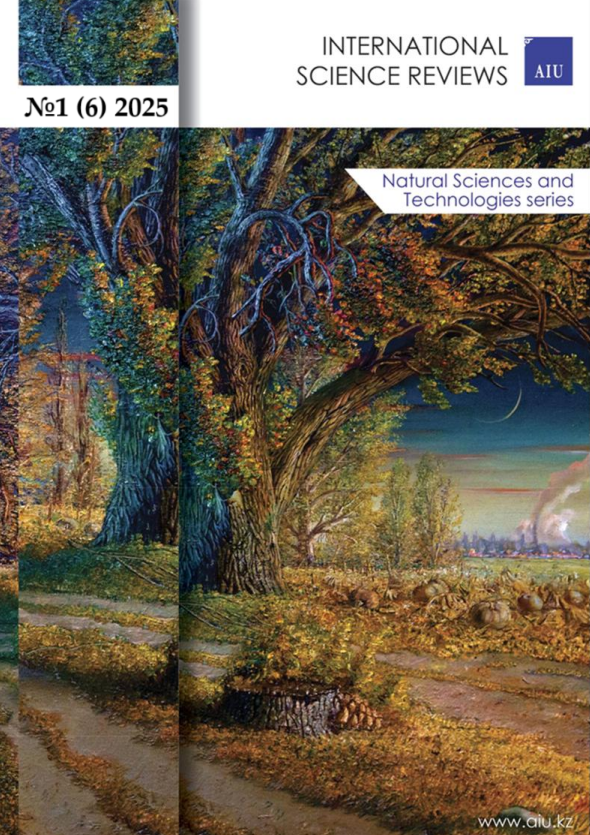Application and Evaluation Criteria of Post-Quantum Cryptographic Algorithms for Security and Standardization
DOI:
https://doi.org/10.62687/g9r4gy24Keywords:
Post-Quantum Cryptography, CRYSTALS-Kyber, Security Algorithms, Quantum Attacks, Lattice-based Cryptography, Code-based Cryptography, NIST StandardizationAbstract
This article provides a theoretical and comparative analysis of modern post-quantum cryptographic
algorithms. Classical cryptographic schemes such as RSA and ECC are vulnerable to quantum attacks, prompting the
urgent need for quantum-resistant alternatives. In response, the U.S. National Institute of Standards and Technology
(NIST) initiated a global effort to evaluate and standardize post-quantum algorithms. The paper explores the
architecture, security characteristics, performance, and application areas of algorithms including CRYSTALS-Kyber,
CRYSTALS-Dilithium, Falcon, SPHINCS+, BIKE, and HQC. Each algorithm’s strengths and limitations are
highlighted, with particular attention to their feasibility for resource-constrained devices. The research methodology
involves a systematic review, comparative assessment, and classification analysis. The findings demonstrate the
critical role of post-quantum cryptography in achieving long-term cybersecurity and offer insights to guide the
adoption of future cryptographic standards.


